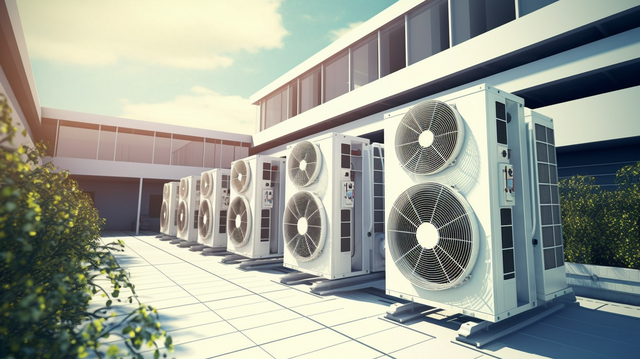At first glance, cooling systems seem to only lower indoor temperatures. But in reality, they also release a significant amount of heat into the outdoor environment.
In the cooling process, two key components are involved:
۱. Qc: The heat extracted from the room
۲. W: The electrical energy consumed by the compressor, part of which turns into heat
The total heat that needs to be discharged to the outdoor environment is:
Qh = Qc + W
So not only is indoor heat transferred outside, but additional heat generated by the compressor is also released—which contributes to localized warming in cities and urban areas.
What’s the solution?
In a country like Iran, with over 300 sunny days per year, solar-powered split units offer a smart and eco-friendly alternative.
Benefits include:
Reduced power consumption from the grid
Lower waste heat from power plants
Helping mitigate local urban warming
Improved energy efficiency
At Tahvieh Mobaddel Pars, alongside designing hybrid and adiabatic cooling towers, we are exploring sustainable technologies like solar-powered cooling systems to help shape a cleaner and greener future.
hashtag#HVAC hashtag#SolarCooling hashtag#SplitUnit hashtag#CoolingTower hashtag#EnergyEfficiency hashtag#Sustainability hashtag#WaterConservation




